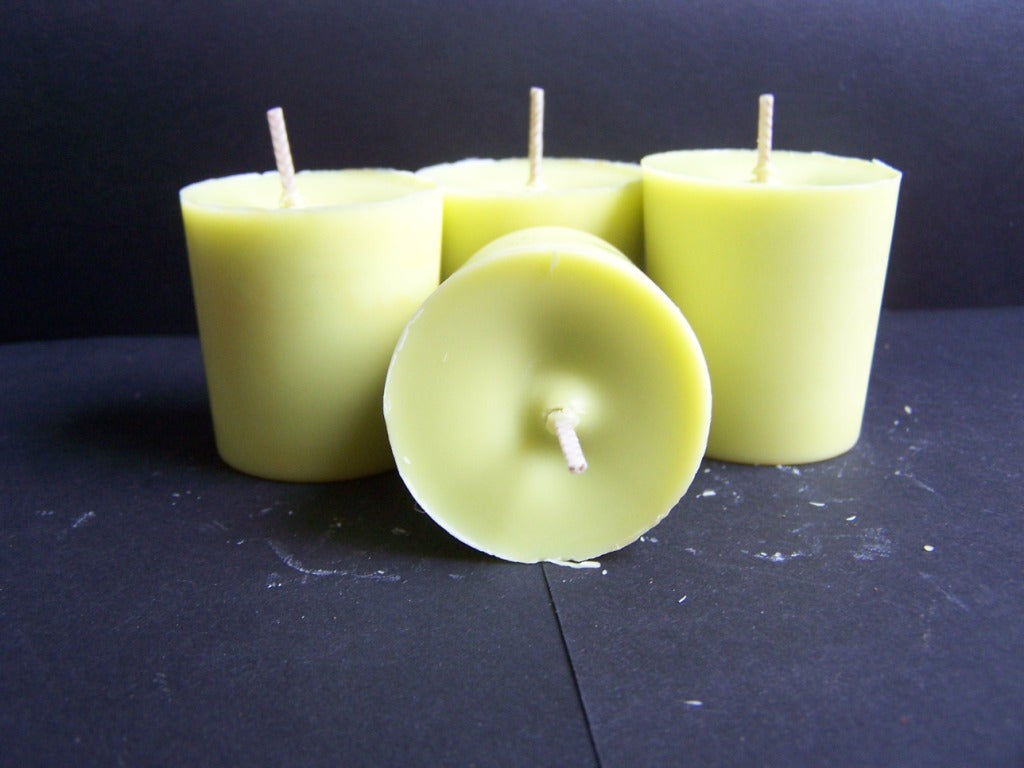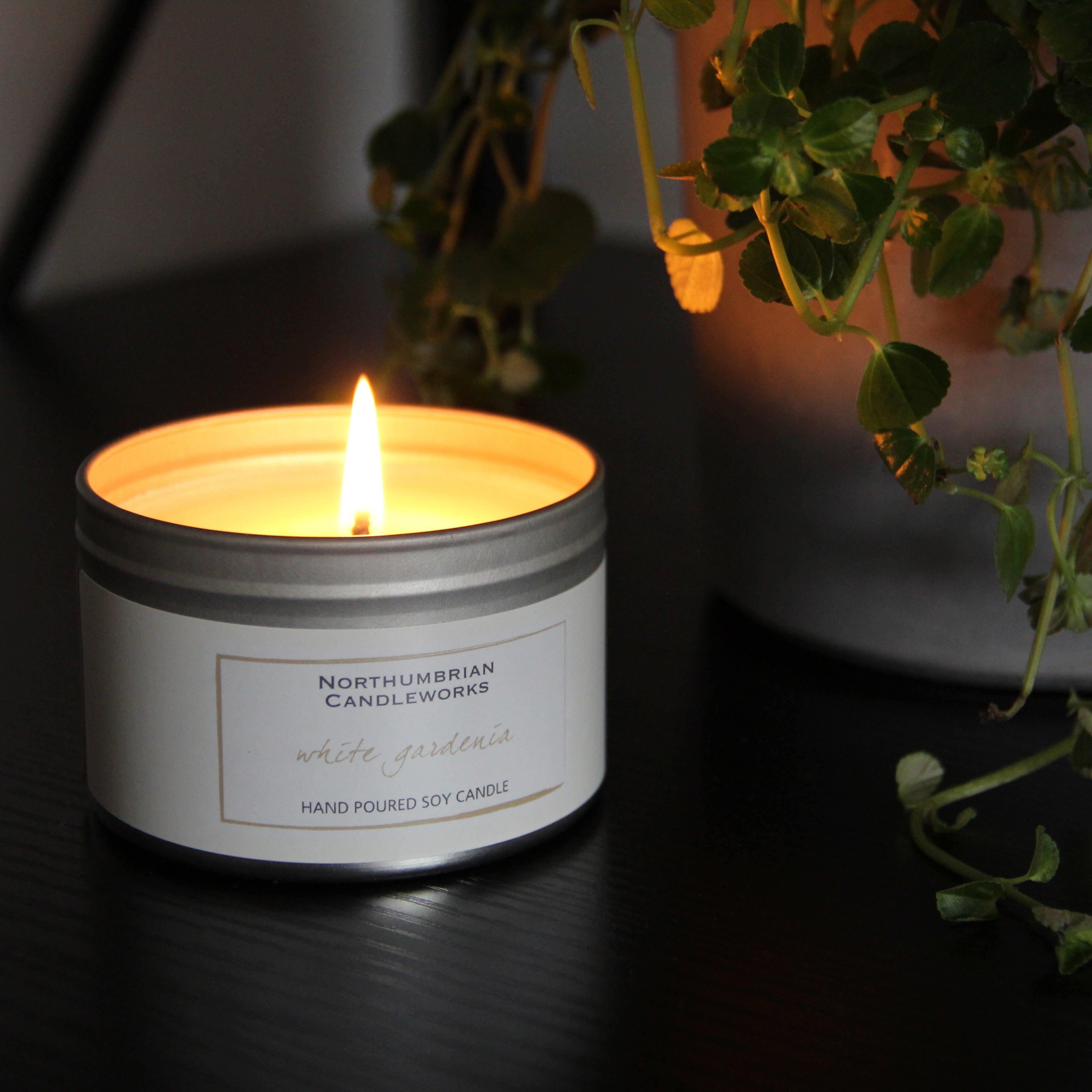Explore the Globe of Crystal Soy Candles and Home Fragrance Thrills
Explore the Globe of Crystal Soy Candles and Home Fragrance Thrills
Blog Article
From Wick to Wax: Recognizing the Chemistry Behind Soy Wax Candles and Their Ecological Impact
As we illuminate our spaces with the warm glow of candle lights, there exists a world of elaborate chemistry behind the apparently easy act of lighting a soy wax candle. Join us as we unwind the clinical complexities behind soy wax candle lights and explore their implications on our atmosphere.
Soy Wax Vs. Paraffin Wax
When contrasting soy wax and paraffin wax for candle light production, it is vital to understand the unique qualities and benefits of each material. Soy wax is a natural, sustainable resource obtained from soybean oil, making it environmentally friendly and naturally degradable - soy candles. In contrast, paraffin wax is a by-product of oil refining, which elevates problems about its environmental impact and sustainability
Soy wax candle lights shed cleaner and discharge much less soot compared to paraffin wax candles, making them a much healthier selection for interior air top quality. Furthermore, soy wax has a lower melting point, permitting a longer-lasting candle that distributes fragrance more properly. Paraffin wax, on the various other hand, often tends to burn faster and less cleanly, potentially launching harmful chemicals right into the air.
From a sustainability perspective, soy wax is preferred for its biodegradability and renewable sourcing, aligning with the growing customer preference for eco conscious items. While paraffin wax has been a conventional choice in candle light making because of its affordability and ease of usage, the change towards environment-friendly options like soy wax is getting momentum in the market.
Chemical Composition of Soy Wax

Combustion Refine in Soy Candles
The chemical make-up of soy wax straight affects the burning procedure in soy candles, affecting variables such as melt time, fragrance release, and ecological impact. When a soy candle is lit, the warm from the fire thaws the wax near the wick. This fluid wax is then created the wick due to capillary activity. As the fluid wax gets to the fire, it goes through and evaporates combustion. The burning process includes the vaporized hydrocarbons in the wax responding with oxygen airborne to generate warmth, light, water vapor, and co2.
The burning performance of soy candle lights is influenced by the pureness of the soy wax and the quality of the wick. A clean-burning soy candle light with an appropriately sized wick will create a stable flame and lessen soot formation. This not only extends the melt time of the candle Learn More Here light yet additionally improves the release of fragrances. Additionally, soy wax candles have a reduced environmental influence contrasted to paraffin candles as a result of their sustainable and biodegradable nature.

Ecological Benefits of Soy Wax

Thought about a lasting option to standard paraffin wax, soy wax supplies remarkable ecological advantages that make it a popular selection amongst eco-conscious consumers. Soy wax burns cleaner and produces less residue than paraffin wax, contributing to redirected here better interior air quality and lowering the need for cleaning and upkeep. In general, the ecological benefits of soy wax line up with the growing need for environmentally friendly and lasting products in the market.
Recycling and Disposal Considerations
Reusing and appropriate disposal of soy wax candle lights play an essential duty in preserving environmental sustainability and lowering waste in neighborhoods and families. When it comes to reusing soy wax candles, the first action is to make sure that the candle light has burned completely.

In regards to disposal, if recycling his response is not an alternative, soy wax candles are eco-friendly and can be safely gotten rid of in most family waste systems. It is constantly suggested to check with neighborhood recycling centers or waste administration services for certain guidelines on candle light disposal to make sure proper handling and ecological defense.
Verdict
In conclusion, the chemistry behind soy wax candle lights exposes their environmental benefits over paraffin wax candle lights. Soy wax, derived from soybean oil, burns cleaner and generates much less soot when contrasted to paraffin wax.
When comparing soy wax and paraffin wax for candle light making, it is important to recognize the unique characteristics and advantages of each material (soy candles).Soy wax candles shed cleaner and give off less residue contrasted to paraffin wax candles, making them a healthier choice for interior air high quality.Considered a lasting choice to standard paraffin wax, soy wax provides noteworthy environmental benefits that make it a prominent option among eco-conscious customers. Soy wax burns cleaner and creates less soot than paraffin wax, contributing to better indoor air quality and decreasing the demand for cleansing and maintenance.In verdict, the chemistry behind soy wax candles discloses their environmental advantages over paraffin wax candles
Report this page